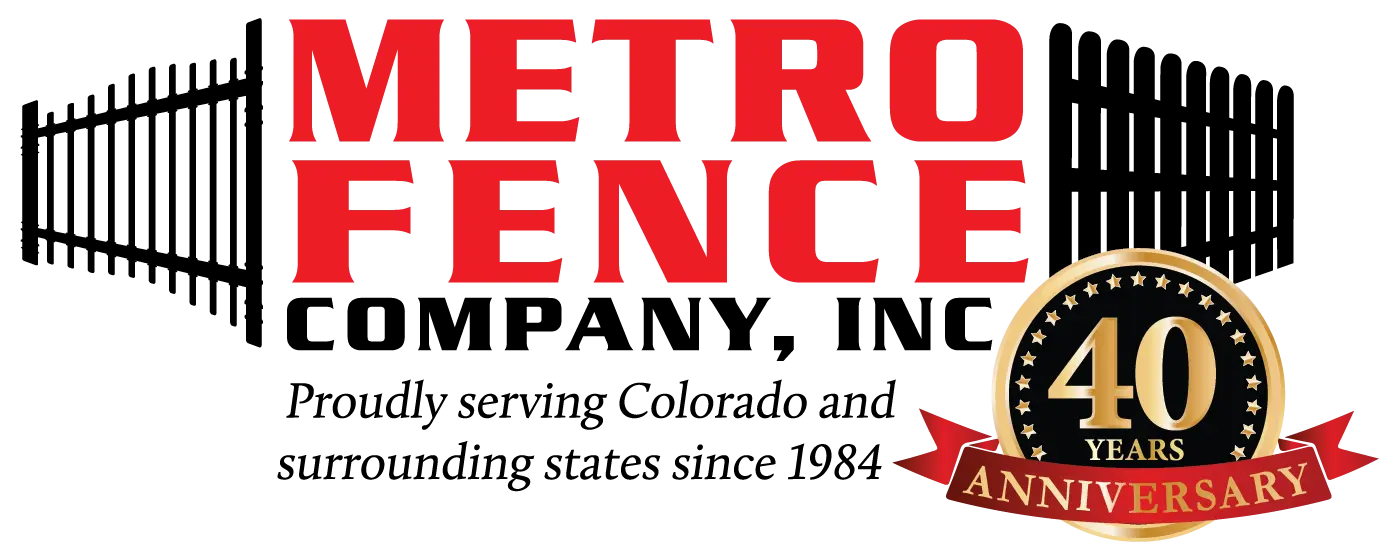The eco trend is stronger than ever, and more and more people are opting for natural materials and elements in their homes and gardens. When it comes to decorative fences, there are many solutions but nothing is as “green” as a living fence.
In a brief definition, living fences are an element of landscape architecture, with the role of decorating an area. However, a living fence can also have the purpose to define a perimeter and provide privacy – benefits that many other types of decorative fences do not offer.
Living fences can be found in gardens, parks, courts, along alleys etc., having different heights and shapes, geometrically cut or growing freely. Regardless these aspects and depending on the plant species used to create a living fence, one can come up with decorative and unique designs.

Typically, living decorative fences are not very tall (about 40 cm) and are made of decorative species of shrubs with leaves and flowers, including the following, but not excluding others:
- Thuja, Juniperus, Chamaecyparis or cypress, from the category of conifers
- Buxus, Lonicera, Berberis, from the category of hardwoods
- Spiraea, Ligustrum, Hybiscus, Philadelphus or Forsythia, from the category of deciduous plants
Do you want a dream garden, with a unique landscaping? Why build a fence made of iron or other materials – which can be really impressive but also very expensive? Align yourself with the eco trends and choose a living fence, friendly with nature, which will surely not miss proving its decorative role. Of course, if this is not feasible based on HOA or budget constraints, check with fence installation Denver professionals for alternative options.




